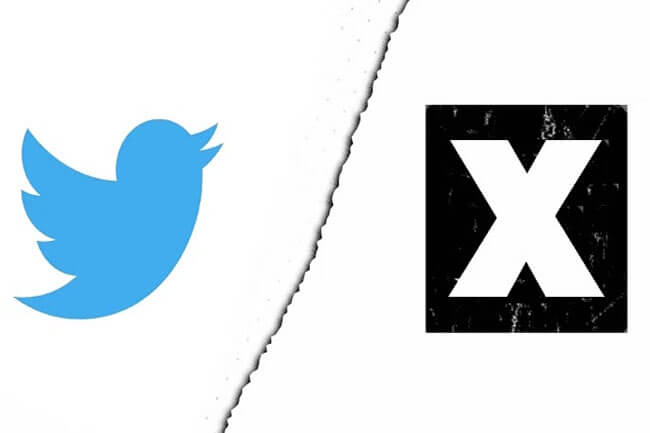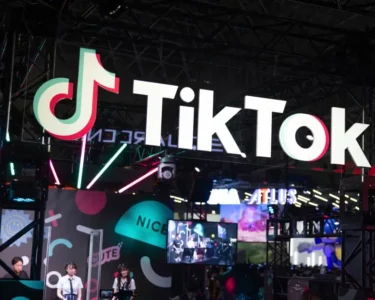In a groundbreaking move that sent shockwaves through the social media world, Elon Musk, and Twitter’s new Chief Executive Officer, Linda Yaccarino, took to the virtual stage on Monday to unveil a bold and daring transformation for the platform. The grand reveal showcased a brand new logo for Twitter, featuring a striking white “X” set against a sleek black backdrop, replacing the iconic blue bird symbol that has been synonymous with the platform for years.
“X is here! Let’s do this,” Yaccarino tweeted enthusiastically, sharing an image of the captivating logo projected onto Twitter’s headquarters in San Francisco. As both Yaccarino and Musk proudly displayed the “X” logo on their Twitter handles, users couldn’t help but notice the simultaneous presence of the familiar blue bird across the platform. This dual presence sparked a trending hashtag, “#GoodbyeTwitter,” as some users expressed their nostalgia for the old logo and criticized the new one.
The idea to change Twitter’s logo came from none other than Elon Musk himself, who had proposed the idea to his millions of followers on Twitter just a day before the big reveal. In a tweet, Musk shared a stylized “X” against a mesmerizing outer space-themed background, teasing the possibility of a dramatic shift in Twitter’s identity. He also hinted at an “interim X logo,” suggesting that more changes might be on the horizon. Musk further stoked curiosity by stating that eventually, the Twitter brand and the iconic blue bird would gradually fade away.
Curious users couldn’t help but wonder what this radical transformation meant for the platform’s lingo. In response to a tweet asking what tweets would be called under the new “X” brand, Musk playfully replied, “x’s.” This cryptic response only added to the mystery surrounding the platform’s future.
The original Twitter logo, designed in 2012 by a team of three, was praised for its simplicity, balance, and legibility, even in small sizes. However, with the introduction of the “X” logo, Twitter was taking a significant risk, as it risked altering a brand that had become so deeply entrenched in popular culture. Matt Rhodes, the strategy lead at creative agency House 337, expressed his concerns, noting that any changes that made it harder for users to find or engage with the app might harm its usage.
Interestingly, Elon Musk’s plans for the “X” brand extend far beyond Twitter. He had previously acquired the domain x.com from PayPal in 2017, attributing “sentimental value” to it. Musk’s history with x.com dates back to 1999 when he co-founded it as an online bank, which eventually transformed into PayPal. Musk’s ambitious vision for the future revolves around creating an “everything app” called “X” that would integrate audio, video, messaging, and even payment and banking services, fostering a global marketplace for ideas, goods, services, and opportunities.
Linda Yaccarino, the former advertising chief at NBCUniversal, took over as Twitter’s CEO on June 5, amidst a challenging landscape. The platform was facing a decline in advertising revenue, layoffs, and intense competition from Threads, Meta’s response to Twitter. While the introduction of the “X” logo may seem like a bold attempt to reinvent the platform, experts in the field remain cautious, believing that the logo change alone won’t solve all of Twitter’s issues.
Drew Benvie, CEO of social media consultancy Battenhall, offered an intriguing perspective on the “X” branding. He suggested that the move was less about reinventing Twitter and more about building a broader brand around Elon Musk’s expansive empire, which includes SpaceX, where the “X” branding could create a stronger connection.
As the social media landscape continues to evolve, Twitter’s decision to embrace the “X” logo signifies a shift towards a more interactive, multimedia-centric future. The “X” brand aims to encompass a diverse range of experiences, bridging the gap between ideas, content, commerce, and beyond. As users and industry experts eagerly anticipate the unfolding of this new chapter, only time will tell if the “X” will mark the spot for Twitter’s reimagined success.





